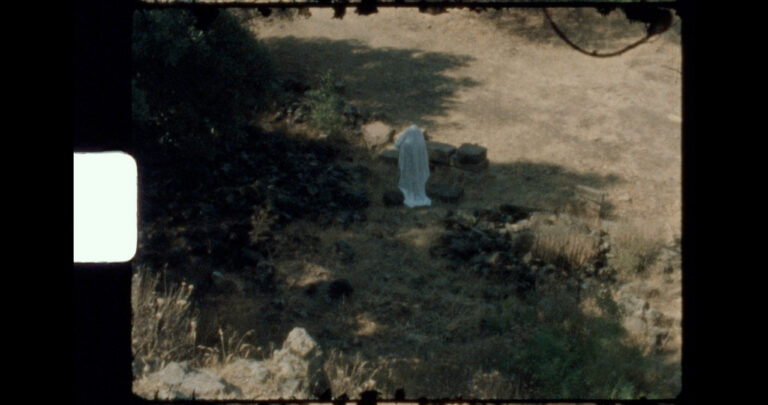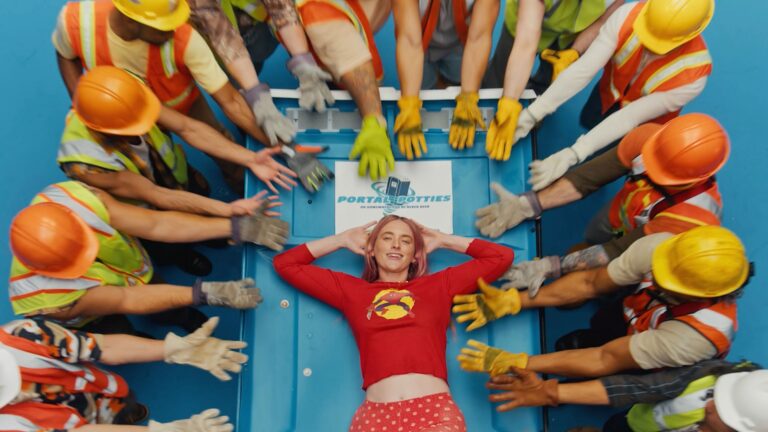Celebration and Stillness: Mardi Gras, New Orleans, and the Existential Significance of Fat Tuesday and Ash Wednesday
“The Big Easy.” It’s the city of jazz, zydeco, and crawfish…the home of the Saints and Bourbon Street…the French-influenced metropolis deep down in the mysterious and supernatural, gator-filled bayous of Louisiana.
When I visited New Orleans back in late February 2010, my friends and I repaired and rebuilt a home that Hurricane Katrina had destroyed in Holly Grove (Dwayne “Lil Wayne” Carter’s childhood neighborhood). We made time, though, to ride a fan-boat through the swamplands, sip a “Hurricane” or two, and sample beignets at Café Du Monde. The one big event we did just miss, though, was the one the city is perhaps most famous for—Mardi Gras!

History of Mardi Gras
While Mardi Gras traces its roots back to Medieval Europe, its first appearance in the New World didn’t occur until March 2, 16991. French-Canadian explorer Jean Baptiste Le Moyne de Bienville arrived at a plot of land 60 miles directly south of New Orleans1. He named it “Pointe du Mardis Gras”1. It was the eve of the festival1.
Three years later, Bienville established “Fort Louis de la Louisiane” (present-day Mobile), and a year after that, the tiny settlement of Fort Louis de la Mobile celebrated America’s first Mardi Gras celebration1.
In 1704, Mobile established a secret society (Masque de la Mobile) …one that resembles the modern day krewes1. The secret society lasted until 17091. In 1710, Louisianians created the “Boeuf Gras Society,” which paraded from 1711 to 18611. During the procession, 16 men would push a giant bull’s head on wheels1. Later, the parade leader would drape an actual bull in white to signal the coming Lenten season1.
Bienville established the city of New Orleans in 17181. However, it wasn’t until the 1730s that the city openly celebrated Mardi Gras1. In the early 1740s, Louisiana governor Marquise de Vaudreuil held elaborate society balls1. The elaborate balls served as a model for modern day Mardi Gras celebrations1!
By the late 1830s, maskers with carriages and horseback riders held street processions1. These early events were festive and romantic, and the krewe’s members would lead the way by carrying dazzling gaslit torches (“flambeux”)1. In 1856, six young Mobile natives formed the Mistick Krewe of Comus (invoking John Milton’s hero Comus to represent their organization)1.

Dazzling floats known as “tableaux cars” and masked balls came into vogue, while krewe members remained anonymous1. The Night of the Twelve Revelers krewe formed in 1870, the first year in which bead “throws” occurred1.
Newspapers began announcing Mardi Gras celebrations in advance1. Printed “Carnival Editions” would depict lithographs of the parades’ fantastic float designs1. The reproductions were initially small and their designs vague. That was, however, until 1886, with Proteus’ “Vision of Other Worlds” parade1. Carlotta Bonnecase, Charles Briton, and B.A. Wikstrom created the designs, and paper-mache Parisian artist Georges Soulie brought them to life with chromolithographs full of saturated color1!
In 1872, New Orleans businessmen officially created the role of the “Rex” (King of the Carnival Parade) and designated the Carnival’s colors as purple, green, and gold to honor the visiting Russian Grand Duke, Alexis Romanoff1. Purple stands for justice, green stands for faith, and gold stands for power1. In 1875, Governor Henry Warmoth signed the “Mardi Gras Act,” making Fat Tuesday a legal Louisianian holiday1.
Present-day Mardi Gras krewes still develop from private social clubs with restrictive membership policies1. Despite this, New Orleanians annually enjoy the “Greatest Free Show on Earth”1.
Fat Tuesday and Ash Wednesday
“Carnival” literally translates to “Goodbye to Meat.” It’s of course no accident that “Fat Tuesday,” a day of wild celebration, directly precedes Ash Wednesday, the day in which Catholics remind themselves of their own mortality.
The whole phenomenon of the intoxicating and the celebratory directly preceding the solemn and the sober is an intriguing one. In drama, film, and literature, scenes of hilarious comic relief will often directly precede very heavy and tragic scenes.

We even see this in other areas of life. A person giving a eulogy will heighten the poignancy of their speech with a funny anecdote. Entropy naturally leads vivacious order and movement into stillness and decay. It’s a scary, inevitable prospect…perhaps the scariest of all inevitable prospects since it is the basis of all our eventual deaths. Is it a bad thing, though?
I suppose that depends. Do you prefer to party, or do you prefer to rest? If you prefer to dress up and drink and dance and revel and never leave the party…then yes, it is a horrifying prospect!! But there is an obvious reason we wish that those who’ve passed on “rest in peace.” Resting is one of the most calming and equalizing states of being in existence. Thus, we can only hope that it extends beyond our current existence.
Sure, we enjoy the beads and beverages and floats and the purple, green, and gold. But the quiet stillness of the bayous beyond the city limits can be just as peaceful and reassuring…at least that’s what we can hope. There are, after all, snakes, and gators in the swamplands…and hurricanes on the horizon.
SOURCES
Discover more from DG Speaks
Subscribe to get the latest posts sent to your email.




